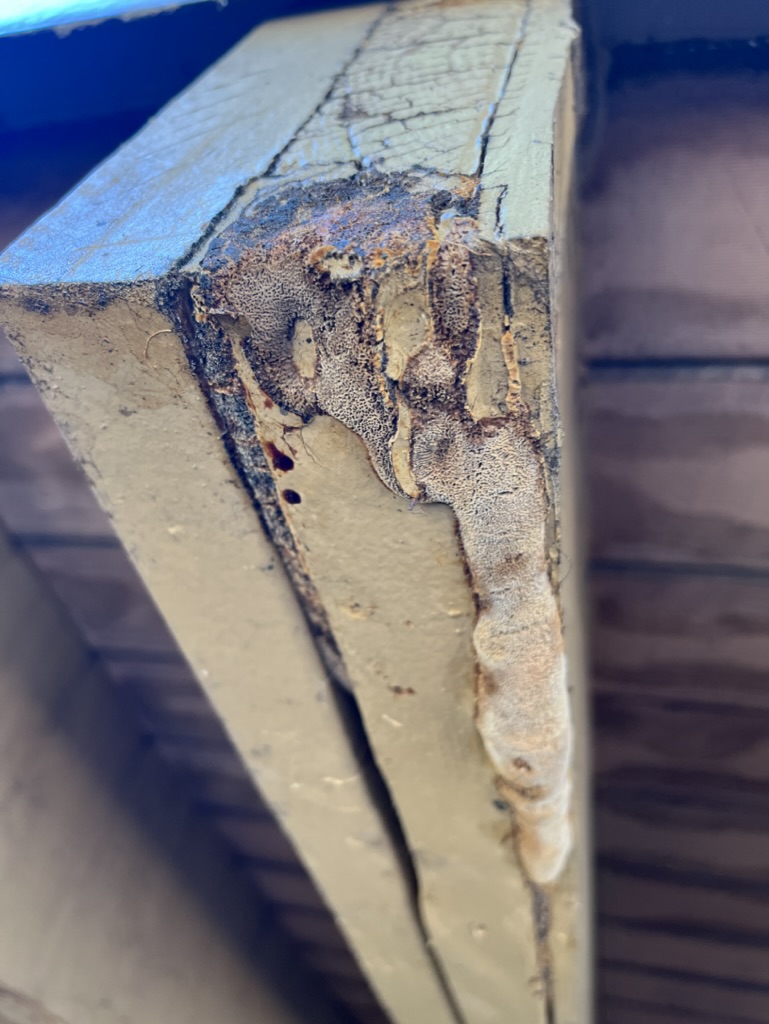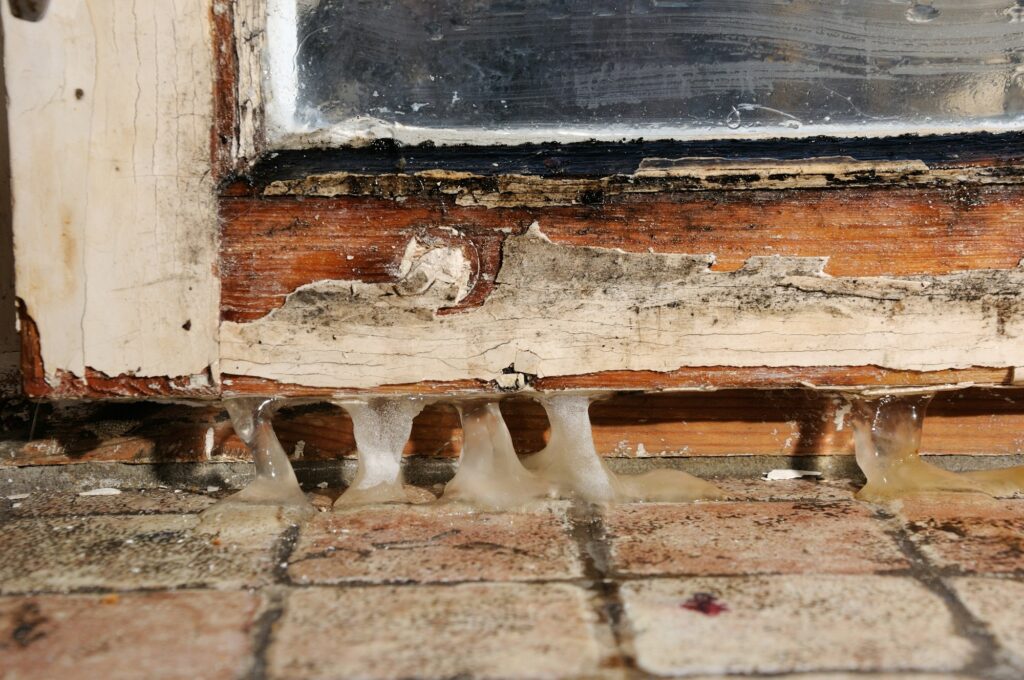
Wood fungus, a silent and often overlooked threat, can compromise the integrity and aesthetics of your home. Understanding the causes and implementing effective solutions is key to protecting your investment. In this blog post, we’ll unveil the world of wood fungus, exploring its origins, signs of infestation, and practical solutions to keep your wooden structures healthy and vibrant.
The Origins of Wood Fungus
Wood fungus, also known as dry rot or wood decay, is a type of fungi that thrives in damp and poorly ventilated environments. The most common culprits include species like Serpula lacrymans and Meruliporia incrassata. These fungi feed on the cellulose in wood, leading to decay and structural damage over time.
Signs of Wood Fungus Infestation
Identifying the signs of wood fungus early on is crucial for effective intervention. Look out for discoloration, a musty odor, and a spongy or crumbly texture in affected wood. Visible fungal growth, often appearing as a cotton-like or web-like substance, is a clear indicator of an infestation. Addressing these signs promptly is essential to prevent further damage.
Common Causes of Wood Fungus
Understanding the root causes of wood fungus infestations is key to prevention. Poor ventilation, high humidity levels, water leaks, and untreated moisture issues are common contributors. Identifying and addressing these factors can significantly reduce the risk of wood fungus taking hold in your home.
Effective Solutions for Wood Fungus
- Addressing Moisture Issues:
- Identify and repair any leaks in the roof, plumbing, or around windows and doors.
- Improve ventilation in damp areas, such as basements and crawl spaces.
- Install dehumidifiers in areas prone to high humidity.
- Wood Repair and Replacement:
- Remove and replace severely affected wood to prevent the spread of the fungus.
- Use wood fillers and epoxies to repair minor damage caused by wood fungus.
- Fungicidal Treatments:
- Apply fungicidal treatments to affected and susceptible areas.
- Treat wood surfaces with borate-based products to deter fungal growth.
- Preventive Measures:
- Seal and paint wood surfaces to create a protective barrier against moisture.
- Regularly inspect and maintain your home’s exterior, addressing any issues promptly.
Seeking Professional Help
While some wood fungus issues can be addressed through DIY measures, severe infestations may require professional intervention. Certified inspectors and pest control experts can conduct thorough assessments, recommend appropriate treatments, and provide guidance on long-term preventive measures.
Unveiling the world of wood fungus is the first step towards protecting your home from this silent threat. By understanding its causes and implementing effective solutions, you can ensure the longevity and beauty of your wooden structures. Regular inspections, proactive maintenance, and a commitment to addressing moisture issues are your best defenses against the insidious impact of wood fungus on your home.

